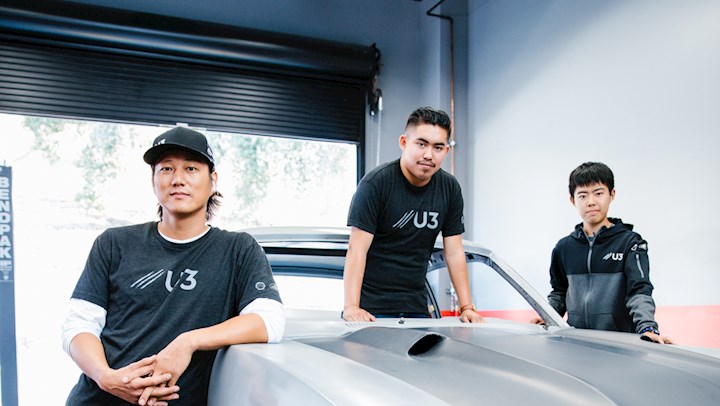mmcartalk
Expert
- Messages
- 4,155
- Reactions
- 2,675
MM Retro-Write-Up: 1970-1977 Ford Maverick
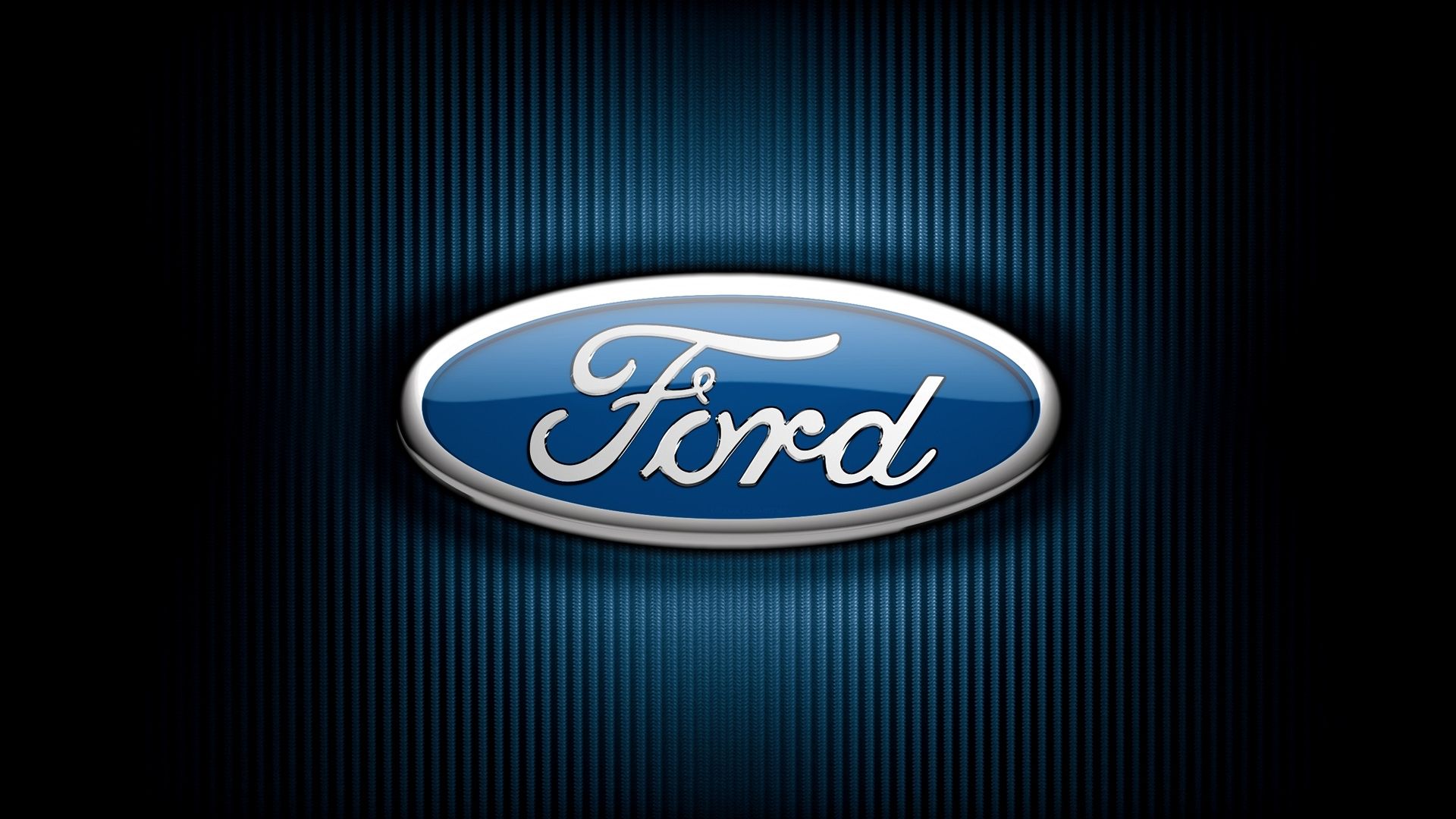

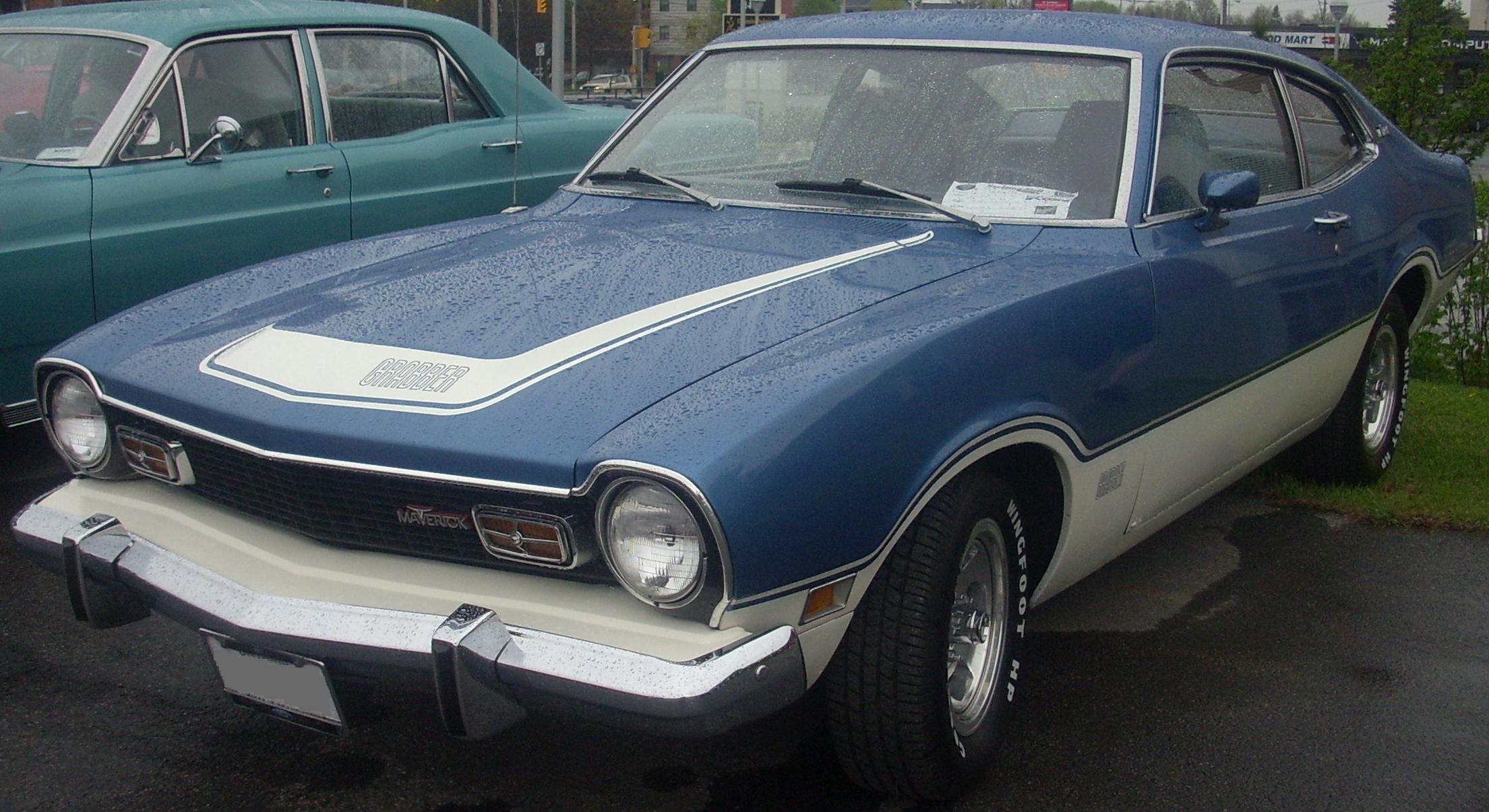
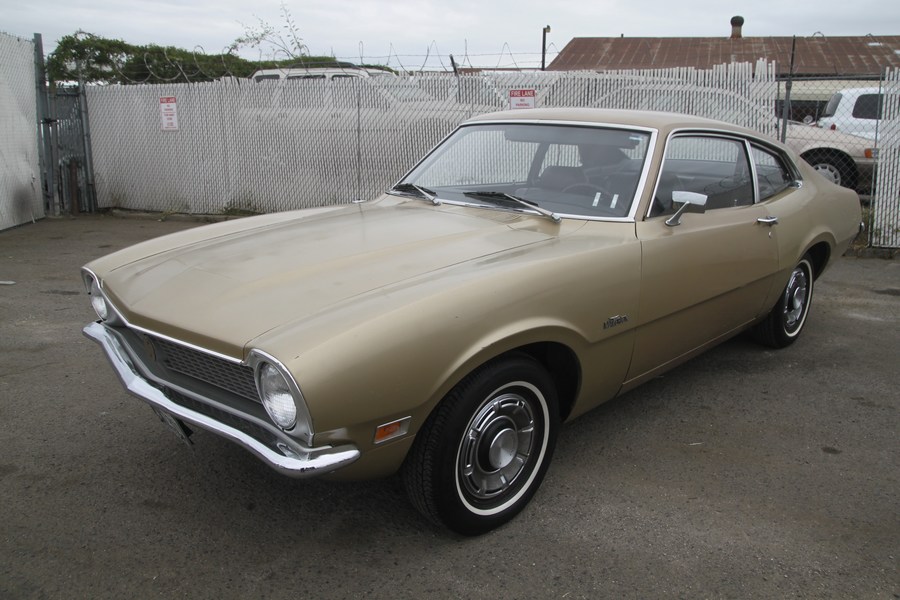
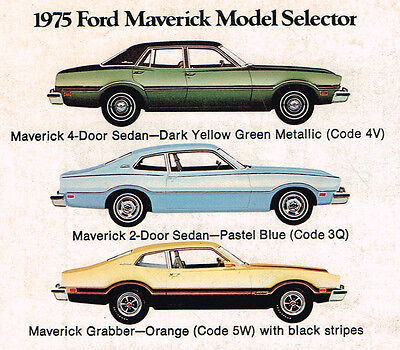
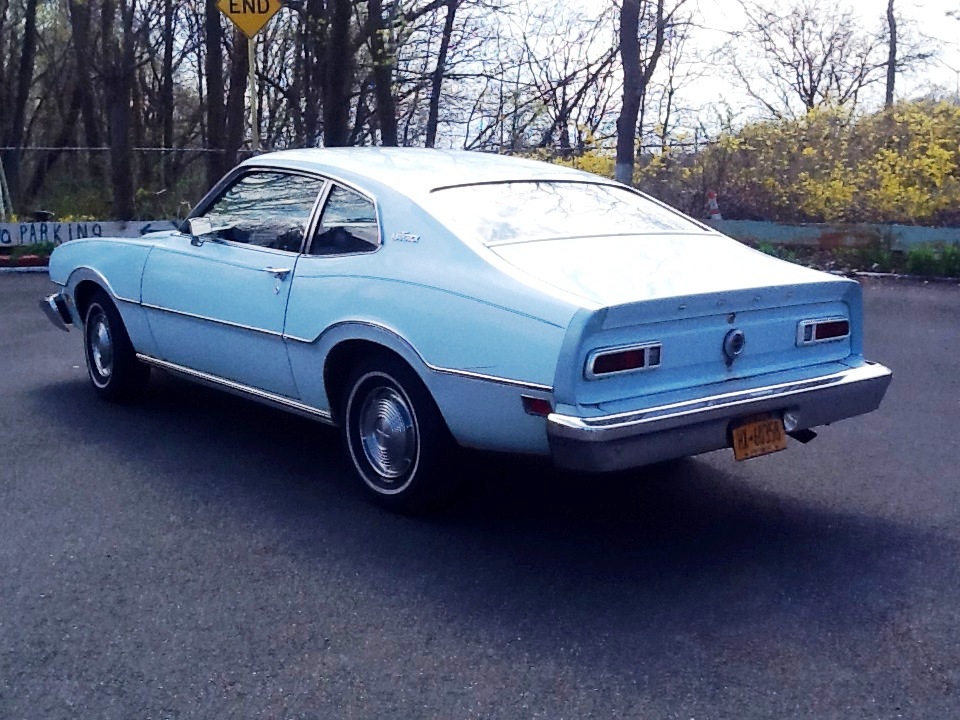
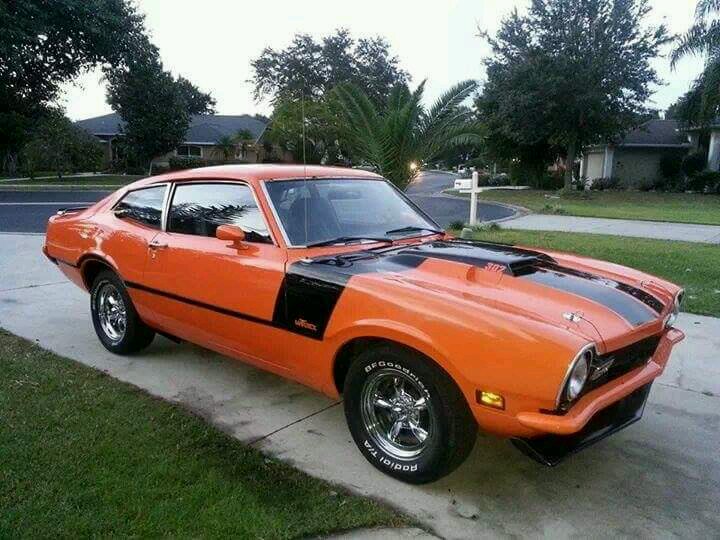
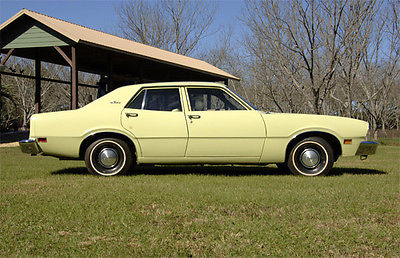

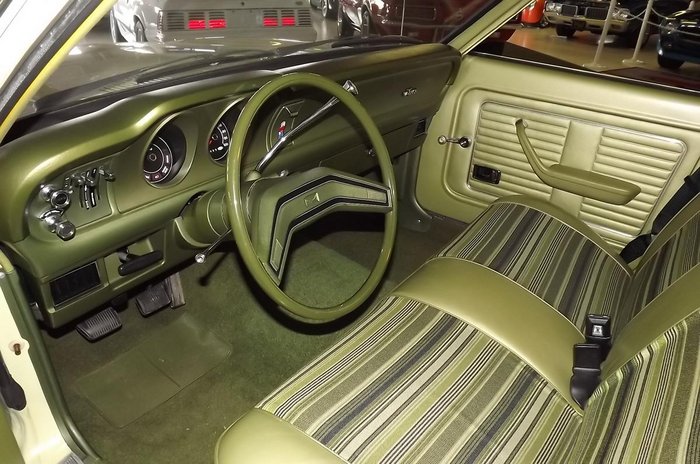
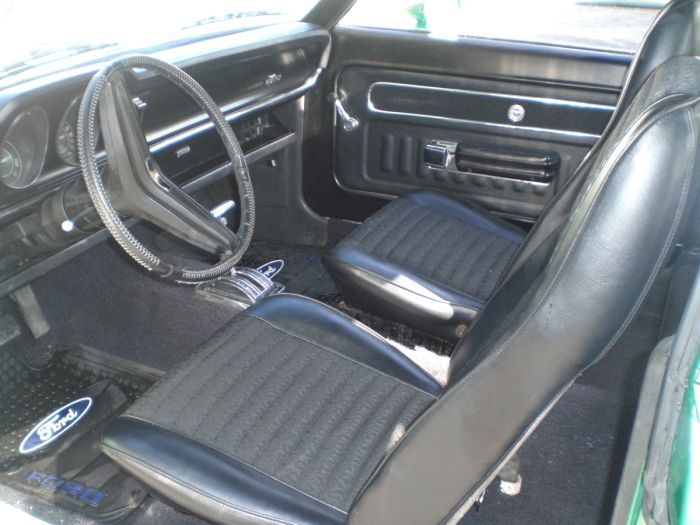
IN A NUTSHELL: Not an extremely impressive car, but better than the historians give it credit for.
While one certainly cannot argue wth its sales-figures in the early 1960s, (and its basic underpinnings/drivetrains, on a different body/interior, gave us the fabulously successful 1964 Mustang), I never was a big fan of the American-spec Ford Falcon. Its general build-quality was occasionally spotty (though some of them were also quite reliable), the basic engineering level was so-so, and Ford, more or less, neglected it compared to other models in its line-up. Upscale Futura and Sprint versions were offered, but only with relatively small V8 options, and there never was a true muscle-version to compete with Chevy's Nova SS and the Dodge Dart Swinger. Ford's marketers would not sell the company's then-excellent (for the period) power-front-disc brake option on the six-cylinder models (IMO, one needs to be able to stop, no matter what powerplant you have under the hood). Perhaps the most interesting version (offered only on the earlier models) was the two-door Ranchero, with its small pickup-type bed in the rear, but it did not last very long either. By 1969, Falcon sales in the U.S. were drying up, partly because of the excellent durability-reputation of the basic Slant-Six engines in the competing Plymouth Valiant/Dodge Dart, and partly because the Nova SS and Dart Swinger 340 were attracting the muscle-compact sales.
1970, of course (my H/S graduation year), was a big year for new domestic compacts. American Motors introduced the Hornet Coupe/Sedan/Wagon, Plymouth introduced the two-door Duster Coupe to suppliment the somewhat-neglected Valiant coupe/sedan line (I later owned a Duster, in 1975), and Ford introduced the Maverick Coupe/Sedan as the long-awaited Falcon replacement. The Maverick was introduced in April 1969, but as a 1970 model. Even smaller subcompact cars from Ford, Chevy, and AMC were on the way for 1971, but they quickly got bad reputations, and I'll save those for future write-ups. Shortly after the Plymouth Duster Coupe was introduced, Dodge introduced its rebadged Demon version, which was virtually identical except for grille and taillights. For this write-up, however, I'll concentrate on the Maverick.
Automotive historians have not been very kind to the Maverick (actually, in some ways, they showed more attention to the previous Falcon), but, in a number of ways, I liked it. I always thought its general fit/finish level and overall build-quality was a noticeable step above the Falcon (and a step or two above the competing AMC Hornet and the Chrysler-built compacts), it seemed to come from the factory well-assembled for the period, although the body-fits weren't quite as good as the then-leading GM Body by Fisher. It easily had the best paint job (baked-enamel) along all of those compacts.........(despite excellent bodywork, the GM acrylic-lacquer-paint of that period was simply awful, and often started fading within a year even if you kept it waxed. None of those paint jobs, though, could compare with the later clearcoat paint that was introduced in the 1980s...Ford, BTW, was the first manufacturer to mass-produce clearcoat paint jobs. The Maverick's exterior sheet metal was reasonably strong for the period (which means MUCH more solid than today), and, like other Ford passenger-cars, the doors shut with a solid and rather pronounced clicking noise. Critics complained that the interior was cheap and stark, and, yes, there was some truth to that, such as the lack of a glove box on early versions, similar to the AMC Hornet. Dash-Instrumentation in front of the driver was minimal, and both bucket and bench-seats were slab-like and lacked support, although, at that time, I was a strong young man, with a spine and frame that simply wasn't bothered by backache-inducing seats. And, at least IMO, the relative lack of interior trim and amenities was compensated by the use of what I thought were nice, solid high-quality materials....as good or better then some of the interior materials GM was using in the competing Nova, and clearly better than the Hornet/Valiant/Duster/Demon inside, though the Chrysler products had the best instrumentation. The Maverick, like the Hornet, in an Age of relatively heavy-gauge steel hoods, suffered from a manual prop-rod rather then the hood-springs in common use at the time...this was before the automakers started using gas-struts. The Nova and Chrysler compacts had the more convenient hood-springs.
The Maverick, like the Falcon, was offered with straight-sixes and small V8s. Sport-oriented "Grabber" and "Stallion" versions were offered, but, like with competing vehicles, the auto industry was now getting into the 70s Great Age of Malaise, where engines and power-ratings were steadily being downsized to joke-ratings. So, like with the earlier Falcon, the sport-oriented versions of the Maverick were never true muscle-cars, but for different reasons than the Falcon. By the late 1970s, Ford decided to drop the Maverick altogether and introduce the Fairmont, a car that, IMO, was a piece of junk, and helped give the Great Age of Malaise even further meaning. On the road, the Maverick, particularly wth the straight-sixes and 3-speed automatic transmission (not one of the best drivetrain combos) was a rather dull-driving and lifeless car, but, of course, it was not intended to be a sports-car. And its solid construction, despite the body-on-frame construction, gave a sense of quality and the impression that this was a car that as not going to fall apart around you. The handling, though not as responsive as with Chrysler's torsion-bars and power-steering, was not bad for a body-on-frame/coil-spring suspension and manual recirculating-ball steering. Too bad the upcoming Fairmont was not built to the same standard.
During its time, I got to sample a few Mavericks on the road, but my most memorable drive in one was with a friend and his then-financee, from my church. A number of us, from my church, had gone to an outing on Virginia's fabulous Skyline Drive in the Blue Ridge Mountains (long my favorite drive in the Eastern U.S.)....in Shenandoah National Park. We had stopped and picnicked at the Big Meadows campground, at an altitude of 3600', just south of the Park's two highest peaks, the 4010' Stony Man and 4049' Hawksbill. The view to the west, over a 3000'-prominence down, to the enormous NE/SW Shenandoah Valley, is spectacular...one of the most spectacular places in the Eastern U.S. I had ridden out with one of my colleagues in his 1975 Plymouth Trail Duster (along with the Dodge Ramcharger, Chrysler's answer to the Ford Bronco and Chevy Blazer), and left my own car back at the church. After we were done eating, my friend asked me if I would drive back home to the church for him...he was apparently uncomfortable with mountain-driving. I said sure.....I was an old hand at it, having driven completely across the Appalachians to Ohio and back, on older mountain roads, on a number of occasions....although the descent into Hopwood/Uniontown, PA, on U.S. 40, down Chestnut Ridge, is always dicey, even for me.
So, after a check under his blue four-door 1975 Maverick's hood to make sure the fluids were OK (he had neglected a couple of the fluids, but they still looked OK to get us back home), we packed up, got in, buckled up, and, with me at the wheel, headed the roughly 100 miles back to the D.C. area. His Maverick had a straight-six (I don't remember which one...there was more than one six-banger option), the 3-speed automatic, and (nice, considering that you couldn't get them on the previous six-cylinder Falcons), the excellent power-front-disc/rear-drum brake option. The worst mountain downgrade in the Park was northbound, coming out of the Mary's Rock Tunnel (elevation 3514'), down the steep side of the mountain to the Thornton Gap interchange with U.S. 211, at 2350' elevation, and then out of the Park, down the long, steep winding eastbound descent on 211 that, itself, had several very sharp and tight hairpin turns. Downshifting properly with the automatic, careful steering, and moderate/judicious use of the disc-brakes, we reached the relatively level Piedmont floor to the east and continued on the long drive back to the D.C. area. I stopped on the way back for everyone's bladder-relief and to get some unleaded gas (mountain driving, for several reasons, can really drain your gas-tank), and to fill up the battery with water, which you did manually in those days with removable cell-caps. That long drive gave me a chance to compare one of the later (post-1973) Mavericks and its larger/heavier bumpers, more equipment, and reduced engine power to the earlier ones....the earlier ones drove a little more responsively, as one would expect, though they also had fewer creature-comforts, and the later ones also had real glove boxes, not just a shelf-lid. I missed the Maverick when it was dropped....as I said earlier, the Fairmont, IMO, was not a suitable replacement.
And, as Always......Happy Car-Memories.

MM
__________________

DRIVING IS BELIEVING











IN A NUTSHELL: Not an extremely impressive car, but better than the historians give it credit for.
While one certainly cannot argue wth its sales-figures in the early 1960s, (and its basic underpinnings/drivetrains, on a different body/interior, gave us the fabulously successful 1964 Mustang), I never was a big fan of the American-spec Ford Falcon. Its general build-quality was occasionally spotty (though some of them were also quite reliable), the basic engineering level was so-so, and Ford, more or less, neglected it compared to other models in its line-up. Upscale Futura and Sprint versions were offered, but only with relatively small V8 options, and there never was a true muscle-version to compete with Chevy's Nova SS and the Dodge Dart Swinger. Ford's marketers would not sell the company's then-excellent (for the period) power-front-disc brake option on the six-cylinder models (IMO, one needs to be able to stop, no matter what powerplant you have under the hood). Perhaps the most interesting version (offered only on the earlier models) was the two-door Ranchero, with its small pickup-type bed in the rear, but it did not last very long either. By 1969, Falcon sales in the U.S. were drying up, partly because of the excellent durability-reputation of the basic Slant-Six engines in the competing Plymouth Valiant/Dodge Dart, and partly because the Nova SS and Dart Swinger 340 were attracting the muscle-compact sales.
1970, of course (my H/S graduation year), was a big year for new domestic compacts. American Motors introduced the Hornet Coupe/Sedan/Wagon, Plymouth introduced the two-door Duster Coupe to suppliment the somewhat-neglected Valiant coupe/sedan line (I later owned a Duster, in 1975), and Ford introduced the Maverick Coupe/Sedan as the long-awaited Falcon replacement. The Maverick was introduced in April 1969, but as a 1970 model. Even smaller subcompact cars from Ford, Chevy, and AMC were on the way for 1971, but they quickly got bad reputations, and I'll save those for future write-ups. Shortly after the Plymouth Duster Coupe was introduced, Dodge introduced its rebadged Demon version, which was virtually identical except for grille and taillights. For this write-up, however, I'll concentrate on the Maverick.
Automotive historians have not been very kind to the Maverick (actually, in some ways, they showed more attention to the previous Falcon), but, in a number of ways, I liked it. I always thought its general fit/finish level and overall build-quality was a noticeable step above the Falcon (and a step or two above the competing AMC Hornet and the Chrysler-built compacts), it seemed to come from the factory well-assembled for the period, although the body-fits weren't quite as good as the then-leading GM Body by Fisher. It easily had the best paint job (baked-enamel) along all of those compacts.........(despite excellent bodywork, the GM acrylic-lacquer-paint of that period was simply awful, and often started fading within a year even if you kept it waxed. None of those paint jobs, though, could compare with the later clearcoat paint that was introduced in the 1980s...Ford, BTW, was the first manufacturer to mass-produce clearcoat paint jobs. The Maverick's exterior sheet metal was reasonably strong for the period (which means MUCH more solid than today), and, like other Ford passenger-cars, the doors shut with a solid and rather pronounced clicking noise. Critics complained that the interior was cheap and stark, and, yes, there was some truth to that, such as the lack of a glove box on early versions, similar to the AMC Hornet. Dash-Instrumentation in front of the driver was minimal, and both bucket and bench-seats were slab-like and lacked support, although, at that time, I was a strong young man, with a spine and frame that simply wasn't bothered by backache-inducing seats. And, at least IMO, the relative lack of interior trim and amenities was compensated by the use of what I thought were nice, solid high-quality materials....as good or better then some of the interior materials GM was using in the competing Nova, and clearly better than the Hornet/Valiant/Duster/Demon inside, though the Chrysler products had the best instrumentation. The Maverick, like the Hornet, in an Age of relatively heavy-gauge steel hoods, suffered from a manual prop-rod rather then the hood-springs in common use at the time...this was before the automakers started using gas-struts. The Nova and Chrysler compacts had the more convenient hood-springs.
The Maverick, like the Falcon, was offered with straight-sixes and small V8s. Sport-oriented "Grabber" and "Stallion" versions were offered, but, like with competing vehicles, the auto industry was now getting into the 70s Great Age of Malaise, where engines and power-ratings were steadily being downsized to joke-ratings. So, like with the earlier Falcon, the sport-oriented versions of the Maverick were never true muscle-cars, but for different reasons than the Falcon. By the late 1970s, Ford decided to drop the Maverick altogether and introduce the Fairmont, a car that, IMO, was a piece of junk, and helped give the Great Age of Malaise even further meaning. On the road, the Maverick, particularly wth the straight-sixes and 3-speed automatic transmission (not one of the best drivetrain combos) was a rather dull-driving and lifeless car, but, of course, it was not intended to be a sports-car. And its solid construction, despite the body-on-frame construction, gave a sense of quality and the impression that this was a car that as not going to fall apart around you. The handling, though not as responsive as with Chrysler's torsion-bars and power-steering, was not bad for a body-on-frame/coil-spring suspension and manual recirculating-ball steering. Too bad the upcoming Fairmont was not built to the same standard.
During its time, I got to sample a few Mavericks on the road, but my most memorable drive in one was with a friend and his then-financee, from my church. A number of us, from my church, had gone to an outing on Virginia's fabulous Skyline Drive in the Blue Ridge Mountains (long my favorite drive in the Eastern U.S.)....in Shenandoah National Park. We had stopped and picnicked at the Big Meadows campground, at an altitude of 3600', just south of the Park's two highest peaks, the 4010' Stony Man and 4049' Hawksbill. The view to the west, over a 3000'-prominence down, to the enormous NE/SW Shenandoah Valley, is spectacular...one of the most spectacular places in the Eastern U.S. I had ridden out with one of my colleagues in his 1975 Plymouth Trail Duster (along with the Dodge Ramcharger, Chrysler's answer to the Ford Bronco and Chevy Blazer), and left my own car back at the church. After we were done eating, my friend asked me if I would drive back home to the church for him...he was apparently uncomfortable with mountain-driving. I said sure.....I was an old hand at it, having driven completely across the Appalachians to Ohio and back, on older mountain roads, on a number of occasions....although the descent into Hopwood/Uniontown, PA, on U.S. 40, down Chestnut Ridge, is always dicey, even for me.
So, after a check under his blue four-door 1975 Maverick's hood to make sure the fluids were OK (he had neglected a couple of the fluids, but they still looked OK to get us back home), we packed up, got in, buckled up, and, with me at the wheel, headed the roughly 100 miles back to the D.C. area. His Maverick had a straight-six (I don't remember which one...there was more than one six-banger option), the 3-speed automatic, and (nice, considering that you couldn't get them on the previous six-cylinder Falcons), the excellent power-front-disc/rear-drum brake option. The worst mountain downgrade in the Park was northbound, coming out of the Mary's Rock Tunnel (elevation 3514'), down the steep side of the mountain to the Thornton Gap interchange with U.S. 211, at 2350' elevation, and then out of the Park, down the long, steep winding eastbound descent on 211 that, itself, had several very sharp and tight hairpin turns. Downshifting properly with the automatic, careful steering, and moderate/judicious use of the disc-brakes, we reached the relatively level Piedmont floor to the east and continued on the long drive back to the D.C. area. I stopped on the way back for everyone's bladder-relief and to get some unleaded gas (mountain driving, for several reasons, can really drain your gas-tank), and to fill up the battery with water, which you did manually in those days with removable cell-caps. That long drive gave me a chance to compare one of the later (post-1973) Mavericks and its larger/heavier bumpers, more equipment, and reduced engine power to the earlier ones....the earlier ones drove a little more responsively, as one would expect, though they also had fewer creature-comforts, and the later ones also had real glove boxes, not just a shelf-lid. I missed the Maverick when it was dropped....as I said earlier, the Fairmont, IMO, was not a suitable replacement.
And, as Always......Happy Car-Memories.

MM
__________________

DRIVING IS BELIEVING

Last edited:

